NPM trends also show the steady growth of Vue and the high engagement of its community.
Here you can find information about different Vue.js community projects, conferences, and the current job market.
#3 Readability
Vue has a component-based architecture which has three main advantages:
- Component reusability - pieces of code can be reused as templates.
- Code readability - all components are stored in separate files which makes it easy to access, maintain, and fix them.
- Excellent for unit testing - unit testing runs very smoothly as it’s easy to monitor how even the smallest parts of the application perform.
#4 Lightweight
Vue is a very lightweight framework, its minified and compressed runtime weighs about 20 KB (22.8kB for the current 2.6.10 version). Though Vue 3 bundle is estimated to weigh about half of it - only 10 KB. It makes the download and installation process very speedy and has a positive effect on UX and SEO optimization.
#5 Robust Toolset
Despite being a relatively young framework, Vue has a powerful set of tools such as a state manager, browser debugging tools, Babel support, unit testing, server renderer, and much more.
#6 High Performance
Vue is one of the fastest frameworks available for building web interfaces. Vue excellently delivers precise UX in UIs and SPAs. In comparison to React and Angular, Vue launches faster in mobile applications.
#7 Flexibility
Vue.js is known for its flexibility as it gives an opportunity to write fast and run directly from a browser. Developers can build complex apps using bundling, routing, ES6, JSX, components, and more.
Providing access to a wide range of environments, Vue is a popular choice for cross-platform app development.
#8 Model-View-ViewModel (MVVM) Architecture
Vue uses MVVM architecture which greatly enhances UI through simplifying user interface event-driven programming. Being concentrated mainly on the ViewModel layer of MVVM architecture, Vue separates the user interface from the app logic, so when the UI gets outdated, for instance, programmers don’t have to wait for a redesign of the whole app but just plug in a new template.
#9 Integral Capabilities
One of the characteristics that every programmer seeks in technology is a capacity to integrate with other apps. Vue completely relies on JavaScript so devs can write templates with better flexibility and switch over to React or Angular, for example, if needed.
#10 Documentation
Vue has one of the most well-written documentation among the competitors. It’s translated into 8 languages with a wide range of detailed code usage examples. Vue community also offers very good video courses for levels from beginner to advanced.
What Vue.js is Used for?
The primary purpose why Vue.js was designed is to build one-page applications and work on web pages though it’s also applied for different purposes:
Being frustrated with Angular while working within a browser at Google on prototypes, Evan You decided to create a better alternative. Even designers without much experience can prototype rapidly with Vue.js.
Vue requires only HTML, CSS, and JS while keeping a strong focus on UI.
Vue is a great tool for adding functionality to already-built applications. Since it’s based on JS, it can easily integrate with any project that also uses JS.
What is more, Vue is compatible with a range of back-end technologies such as Ruby on Rails, Django, Express.js, etc.
Although Vue is initially designed for building web apps, it’s not limited to just the browser. You can build mobile apps with Ionic Vue for building cross-platform mobile apps or native iOS, Android, and PWAs.
Main Attributes of Vue.js Framework
Virtual DOM (Documented Object Model)
The Vue rendering system is based upon a virtual representation of the actual DOM of the webpage. The concept was pioneered by React and later adopted by other technologies, including Vue. The main advantage of virtual DOM is that a developer can programmatically create, test, and compose the required UI structures in a declarative way, while direct DOM manipulation is left to the renderer.

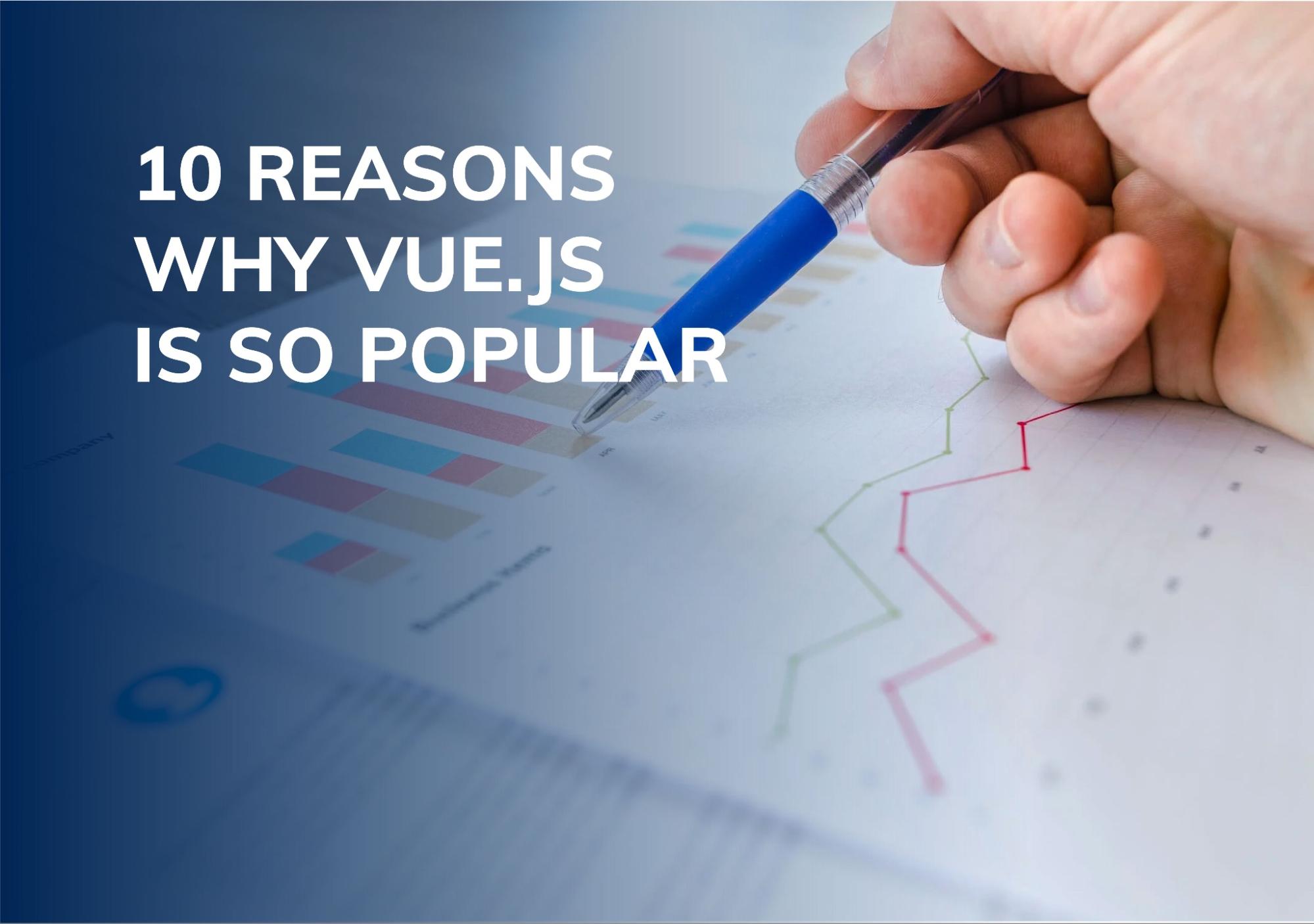


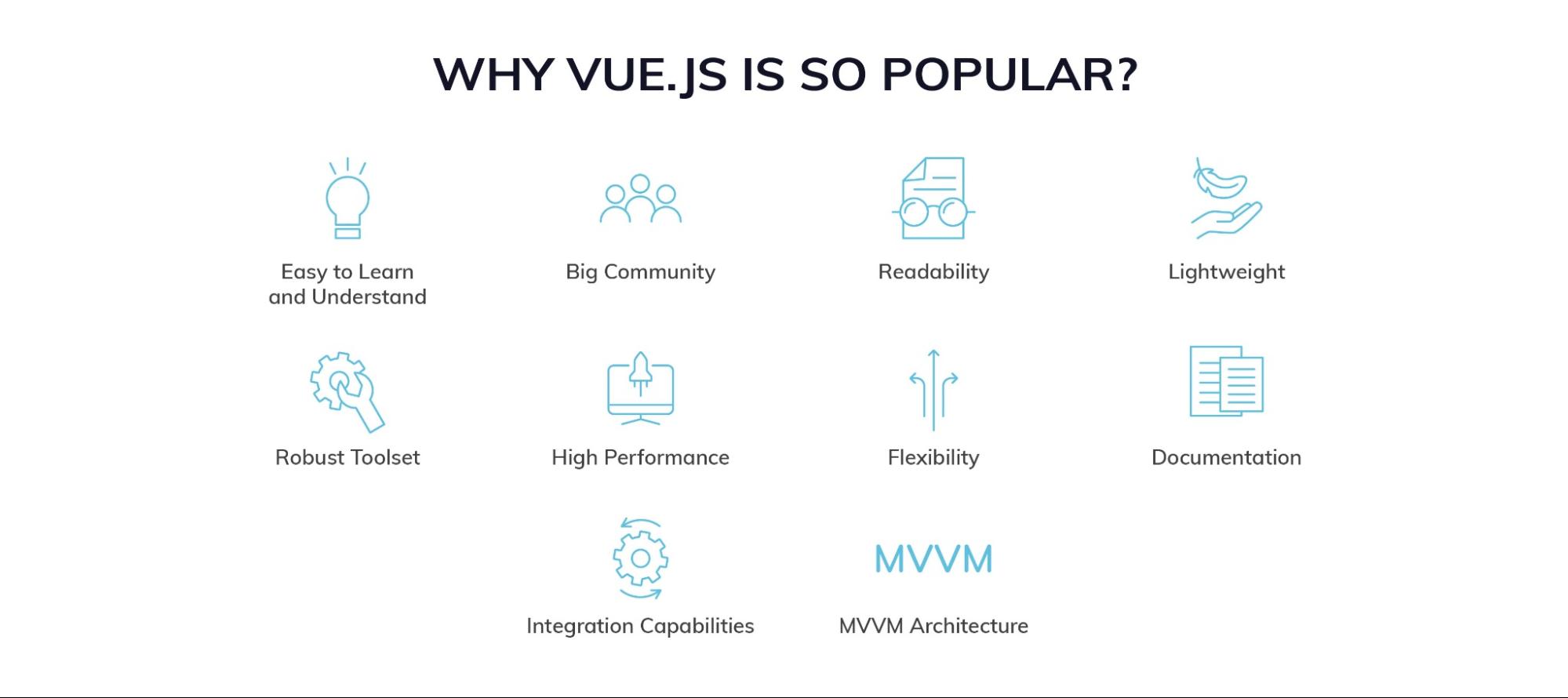
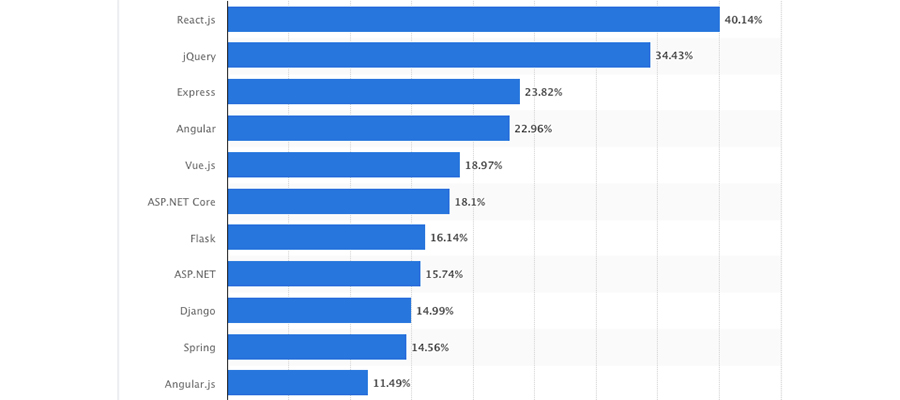
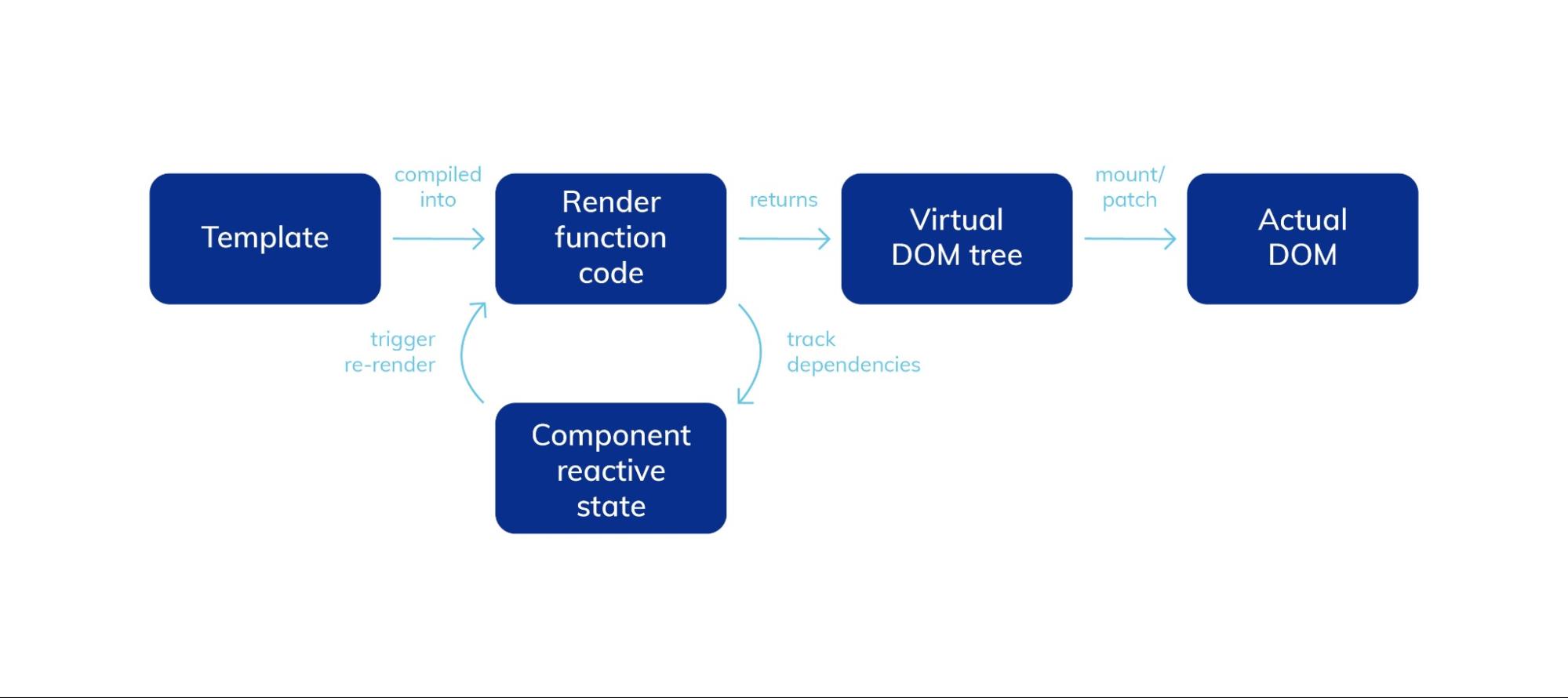
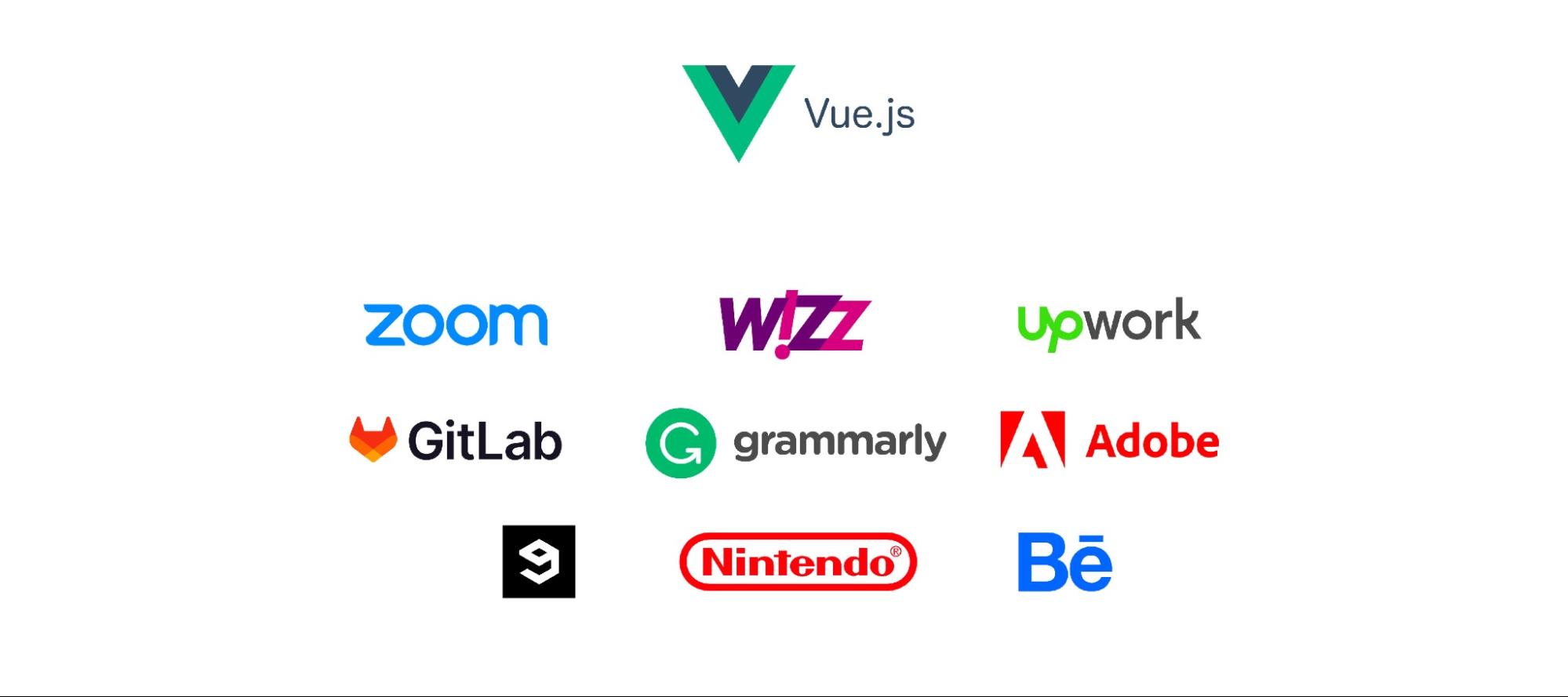

_1764586939-small.webp)
